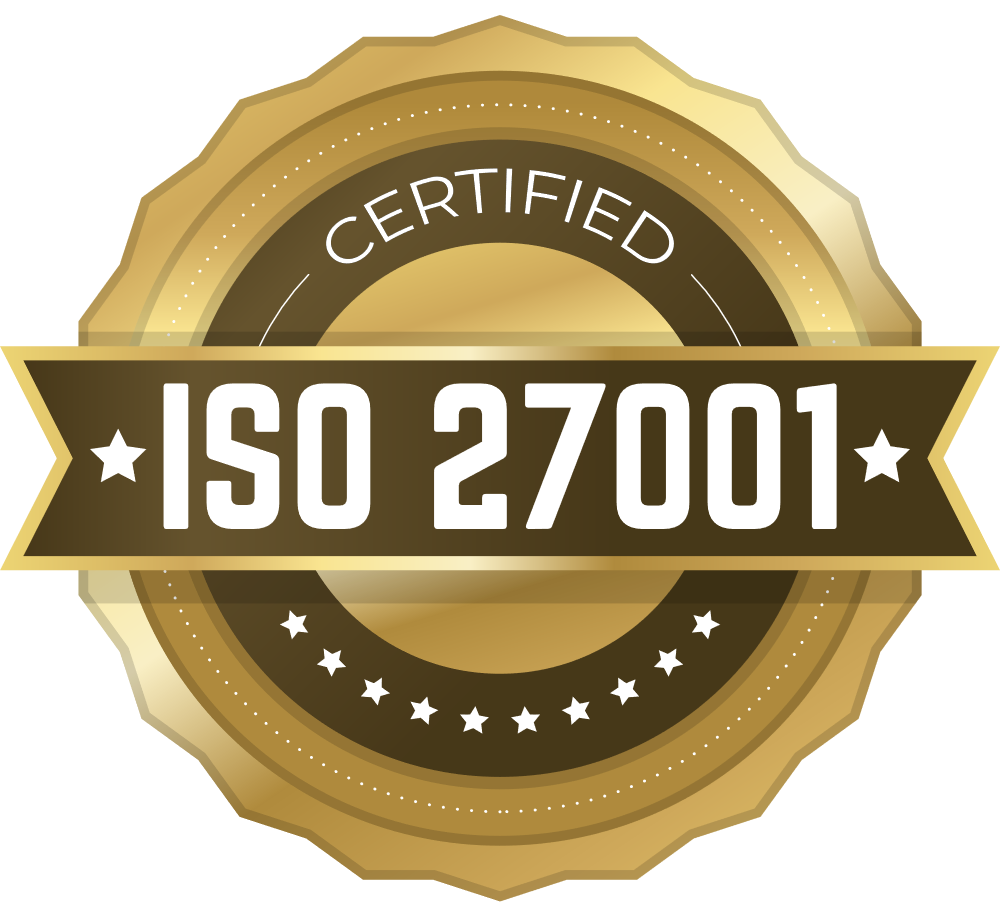RazorPay
Key Impacts
About Razorpay
Razorpay is India’s leading payment gateway and fintech platform, enabling businesses to accept, process, and disburse payments across multiple channels. The company processes millions of transactions daily, serving businesses across India and internationally.
With sensitive financial data and high-volume operations, Razorpay’s security posture spans incident response, compliance remediation, vulnerability management, and access control across a distributed cloud environment.
The Challenge
As Razorpay scaled, their security operations team faced challenges in operationalizing security across multiple domains. Key pain points included:
Incident response bottlenecks
The Security Operations Center (SOC) received thousands of alerts daily from SIEM, threat-intel feeds, and cloud security tools. Manual triage and investigation created significant delays between detection and containment, increasing exposure for critical payment infrastructure.
Compliance remediation gaps
Although Razorpay used Cloud Security Posture Management (CSPM) tools to flag violations and misconfigurations, converting findings into action was manual and slow. Teams reviewed CSPM reports, assessed violations, created remediation tickets, coordinated with engineering, and tracked resolution — often leaving critical issues open for extended periods.
User access management complexity
Onboarding and offboarding required manual coordination across systems. Provisioning and revocation of access involved multiple teams and tools, which led to delays and occasional oversights.
Attack-surface remediation delays
Vulnerability scans and asset discovery surfaced exposed attack surfaces, but coordinating remediation across distributed teams was time-consuming. Creating tickets, assigning ownership, and tracking progress required constant manual follow-up.
Tool silos and manual orchestration
Razorpay’s security stack included AWS, SIEM, threat-intel platforms, ticketing systems, and collaboration tools that largely operated in silos. Analysts manually stitched together workflows—enriching SIEM alerts, creating Jira tickets, coordinating via Slack, and duplicating documentation—leading to inefficiencies and inconsistent processes.
The Solution
Razorpay deployed autobotAI as a security orchestration and automation platform to integrate with the existing stack and automate workflows across incident response, compliance remediation, and operational security.
Unified integration layer
autobotAI integrated with Razorpay’s core tools:
- AWS — cloud infrastructure visibility and control
- SIEM — alert ingestion and correlation
- MISP — threat intelligence enrichment
- Jira — automated ticket creation and tracking
- Slack — notifications, approvals, and collaboration
- CSPM tools — findings ingestion (autobotAI handles remediation)
This created a unified orchestration layer that ingests data, makes decisions, and executes coordinated actions—reducing manual workflows.
30+ automated security workflows
Razorpay’s team built over 30 automated workflows using autobotAI, covering key areas:
Incident response automation
SIEM alerts are correlated and enriched with MISP threat intelligence. The platform assesses severity, gathers context from AWS and other sources, and executes response playbooks. Critical threats trigger immediate Slack notifications while lower-priority events are managed via Jira tickets.
Compliance remediation orchestration
When CSPM tools flag violations, autobotAI orchestrates remediation: executing approved fixes in AWS, creating detailed Jira tickets for changes needing review, routing approvals via Slack, and updating tickets with results.
User lifecycle automation
Onboarding/offboarding tickets in Jira drive automated provisioning or revocation across systems. autobotAI ensures role-appropriate access and updates Jira with completion and audit details.
Attack-surface remediation workflows
Detected exposures generate Jira tickets with MISP context, assigned to owners, tracked against SLAs, and escalated via Slack when necessary.
Cross-system orchestration
Complex workflows span multiple systems (for example: CSPM finding → MISP lookup → AWS check → Jira ticket → Slack approval → AWS remediation → SIEM log → Jira update). autobotAI automates these multi-step sequences.
Implementation approach
Integration strategy - autobotAI worked with Razorpay’s security, IT, and engineering teams to integrate systems via APIs and webhooks—augmenting the existing stack rather than replacing it.
Workflow development - Razorpay incrementally developed 30+ workflows, starting with high-impact cases (incident response and compliance). Each workflow was tested in non-prod, refined with feedback, and deployed with approval gates.
Multi-step approval framework - For sensitive changes, autobotAI implements configurable multi-step approvals via Slack, with complete audit trails and enforced execution only after authorization.
Scale optimization - Designed for Razorpay’s scale, the serverless architecture handles high volumes of security events and batch processing without degradation.
73% reduction in mean time to respond (MTTR)
Deployment of autobotAI and 30+ automated workflows delivered measurable improvements across security operations.
Faster incident response
A 73% reduction in MTTR was the most significant outcome. Incidents that once took hours now resolve in minutes through automated playbooks and integrated tooling.
Accelerated compliance remediation
CSPM-identified violations are remediated within hours instead of days. autobotAI bridges visibility and action by automating remediation and coordinating approvals where necessary.
Streamlined user lifecycle
Automated provisioning and deprovisioning via Jira eliminated delays and reduced the risk of orphaned accounts.
Improved attack-surface management
Automated ticketing, assignment, tracking, and escalation ensure exposures are addressed within SLAs with clear ownership.
Eliminated manual integration work
The 30+ automated workflows removed repetitive manual tasks—freeing analysts for higher-value activities like threat hunting.
Enhanced team collaboration
Slack-driven notifications and approvals improved coordination across security, IT, and engineering while preserving oversight for critical actions.
Complete operational visibility
With orchestration through autobotAI and tracking in Jira, security leadership gained visibility into response times, remediation status, approvals, and team workloads—enabling data-driven decisions.
Looking ahead
Razorpay continues to expand automation across security domains and integrate additional tools. The success demonstrates that security operations automation—connecting visibility, DevOps, and action platforms like AWS and Jira—enables teams to operate at scale.
Technical architecture summary
autobotAI is deployed as a serverless orchestration platform within Razorpay’s cloud environment. Key elements:
- Multi-agent AI for decision-making, correlation, and orchestration
- Integration layer connecting AWS, SIEM, MISP, Jira, and Slack
- Workflow engine coordinating 30+ automated workflows
- Multi-step approval framework with audit trails
- Serverless architecture for automatic scaling
- Bidirectional integrations for ingestion (SIEM/CSPM) and execution (AWS/Jira/Slack)
- All orchestration occurs within Razorpay’s environment—sensitive data remains inside their infrastructure





